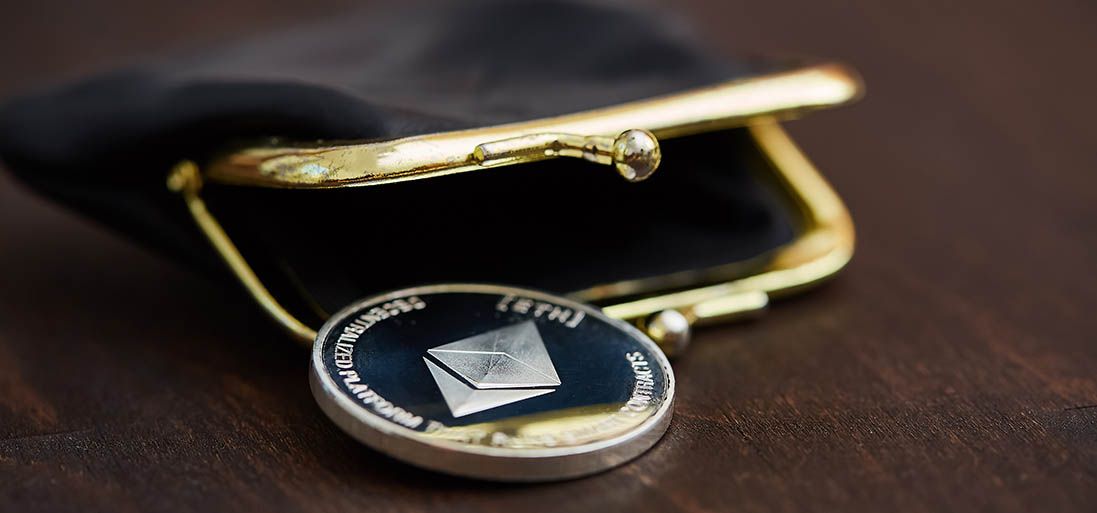If you have cryptocurrency, you need to keep it in a safe place. But in order to be sure of its safety and the accuracy of transactions carried out with it, regularly monitor the account balance.
Since virtual money is at the peak of popularity today, the developers have taken care of creating a variety of options for their placement. Now users know how to store, check the balance and manage their digital capital.
How to choose an Ethereum wallet
The variety of Ethereum-enabled cryptocurrency wallets poses a difficult choice for us. To make things easier, ask yourself a few questions:
- How often will I use my wallet?
- How much am I going to keep?
- Do I plan long-term storage or constant movement of funds?
- Am I going to store other coins besides Ethereum?
Having sorted this out, you will understand which option is more appropriate for you. When planning crypto trading and currency exchange activities, you can use the exchange storage. For regular small payments, online wallets or mobile applications are suitable. When it comes to storing large amounts of money, security is paramount. Here you need to choose between desktop and hardware wallets.
Checking Eth balance
You can check your balance and transaction history on an Ethereum blockchain explorer like EthVM, Etherscan or Ethplorer.
These websites show the full record of your activities. All you have to do is find your public Ethereum address of a 42-character string starting with "0x". It is not recommended to open the wallet every time to check your balance.
Keep in mind that when checking the balances of other cryptocurrencies on other blockchains, you will need to use other browsers.
EthVM
Step 1: Go to EthVM.
Step 2. In the search bar, enter your public Ethereum address (0x…..).
Step 3. You will be directed to the wallet overview.
- At the top, you'll see a checksummed version of your address. Read our article on the differences between checksummed and non-checksummed addresses.
- Under your address, you will see your total ETH balance, USD equivalent, and total number of tokens.
- The first tab “Transaction History” has a list of all your recent transactions.
In the ERC20 Token tab you see balances of tokens. If you need information about a custom token, you can select a specific token here to find its contract address, as well as its number of decimal places and symbol.
The last tab, "NFTs", shows all your ERC721 tokens.
Etherscan
Step 1. Go to Etherscan.
Step 2. In the search bar, enter your public Ethereum address (0x…..).
Step 3. You will be directed to the wallet overview.
- At the top, you'll see a checksummed version of your address. Read our article on the differences between checksummed and non-checksummed addresses.
- In the Overview section, you will see the balance and value of ETH.
- In the "Token" section you can find your token balances. If you need information about a custom token, you can select a specific token here to find its contract address, number of decimal places and symbol. Read our article on adding custom tokens.
- The tabs at the bottom of the screen show the history of operations with ETH, ERC20 and ERC721 tokens.
Ethplorer
Step 1. Go to the Ethplorer website.
Step 2. In the search bar, enter your public Ethereum address (0x…..).
Step 3. You will be directed to the wallet overview.
- On the left you will see the checksummed version of your address. Read our article on the differences between checksummed and non-checksummed addresses.
- You can also see your ETH balance on the left, in the Address Information section.
- On the right, you will find the balance of your tokens. If you need information about a custom token, you can select a specific token here to find its contract address, number of decimal places, and symbol. Read our article on adding custom tokens.
- At the bottom of the screen, the history of operations with ETH, ERC20 and ERC721 tokens is displayed. If you only want to see ETH or tokens, you can apply filters using the checkboxes at the top.
Deposit and withdrawal of funds
To replenish or withdraw funds from your own wallet, you need to use exchangers or exchanges.
To replenish your own balance, you need to know the address of the wallet, which in the electronic world plays the role of a bank account.
On the selected exchanger, indicate where the transfer will be made from (payment card, money from the Yandex.Money, Qiwi or WebMoney electronic wallet) and indicate the address of the wallet where you want to transfer the paid Ether. Buying Ethereum this way can take up to half an hour.
Advantages and disadvantages of Ethereum wallets
Due to the growing popularity of Ethereum as a means of storing and receiving money, the issue of creating a wallet becomes important. Therefore, it is worth considering all the advantages and disadvantages of such electronic storages, depending on their type.
Stationary
- The advantages are increased reliability and availability of official sources for downloading software.
- The disadvantages are the volume (it will take a lot of space to install the program), a long process of downloading the application, access to the wallet possible only from one device, and the need to save backups constantly.
Online:
- The advantages are speed and convenience of working with wallets, the ability to access from any device, a convenient interface, and the ability to work with several cryptocurrencies at the same time.
- The disadvantages are lower reliability because of weak protection of personal data.





